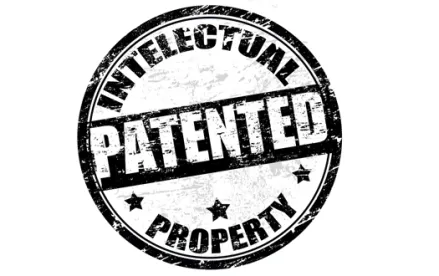It is no question that Artificial Intelligence (“AI”) technologies have popped up in all aspects of society such as online shopping, music streaming, and social networking. The U.S. Patent and Trademark Office (“USPTO”) has even reported that patents which incorporate AI has increased from under 5% in 1980 to over 20% in 2018. Among those organizations that utilize AI is the USPTO itself. The USPTO has recently incorporated AI technology into patent examination, specifically with prior art searching and patent classification. These changes may bring a variety of benefits to patent applicants even though their implementation is behind the scenes of the patent application examination process.
The vast growth of prior art and the exponential rate of developing technologies have made prior art searches become more difficult and cumbersome for patent examiners. However, these searches are critical to the quality examination of patent applications so patents issue with reliable validity that will hold up in any future litigation. To reduce the amount of resources spent on prior art searching, the USPTO has implemented an AI-based prototype search system. This AI system aims to help identify relevant documents and provide suggestions to examiners for additional areas to search. This AI system is also configured to continuously internalize feedback from examiners, which will improve the technology over time. This prototype was introduced to a select group of examiners in March 2020. Since then, there has been positive feedback received and the USPTO plans to incorporate this AI technology into their next generation search tools for examiners.
The USPTO has also developed an auto-classification AI tool that can classify patent applications according to the Cooperative Patent Classification (“CPC”) system. This AI system identifies claimed subject matter, suggests CPC codes, and links specific subject matter in the applications to each specific CPC code. The USPTO implemented this auto-classification AI program in December 2020. As a result, the USPTO has seen a reduction in expenditures for acquiring CPC data. For reference, in 2015, the USPTO expended 95 million dollars in a 5-year patent classification contract to the company Serco.
The AI technology that the USPTO intends to implement on a larger scale also aims to streamline the patent application process, potentially making it more time and cost-effective for applicants. Particularly with the auto-classification AI technology, patent applicants may see a decrease in USPTO filing fees because the USPTO would no longer require expensive contracts for classification needs. Alternatively, the USPTO could use the saved expenditures and hire more examiners which would decrease the time an applicant is waiting for examination. While a contracted classifier can take months or even over a year to classify patent applications as they work through their submission queue, an auto-classification AI system will have the capability to classify applications very quickly, if not instantly upon submission. The USPTO could take advantage of this, for example, by reducing the amount of time before a patent application is published. With the prior art searching AI technology, applicants will benefit by being more likely to obtain the closest prior art to their invention at the start of prosecution and not after multiple office actions. Thus, with fewer office actions and relevant prior art being more likely to be identified early during patent examination, applicants may save time and money.
Overall, these recently implemented AI technologies at the USPTO increase the probability that patent applicants will obtain high-quality patents quicker and at a more reasonable cost. In the future, the USPTO plans to implement even more AI-based technology including an image search program for further prior art searching. This could be particularly useful within the field of design patent applications.
Co-authored by Amanda Metell, Summer Associate 2021




 />i
/>i


